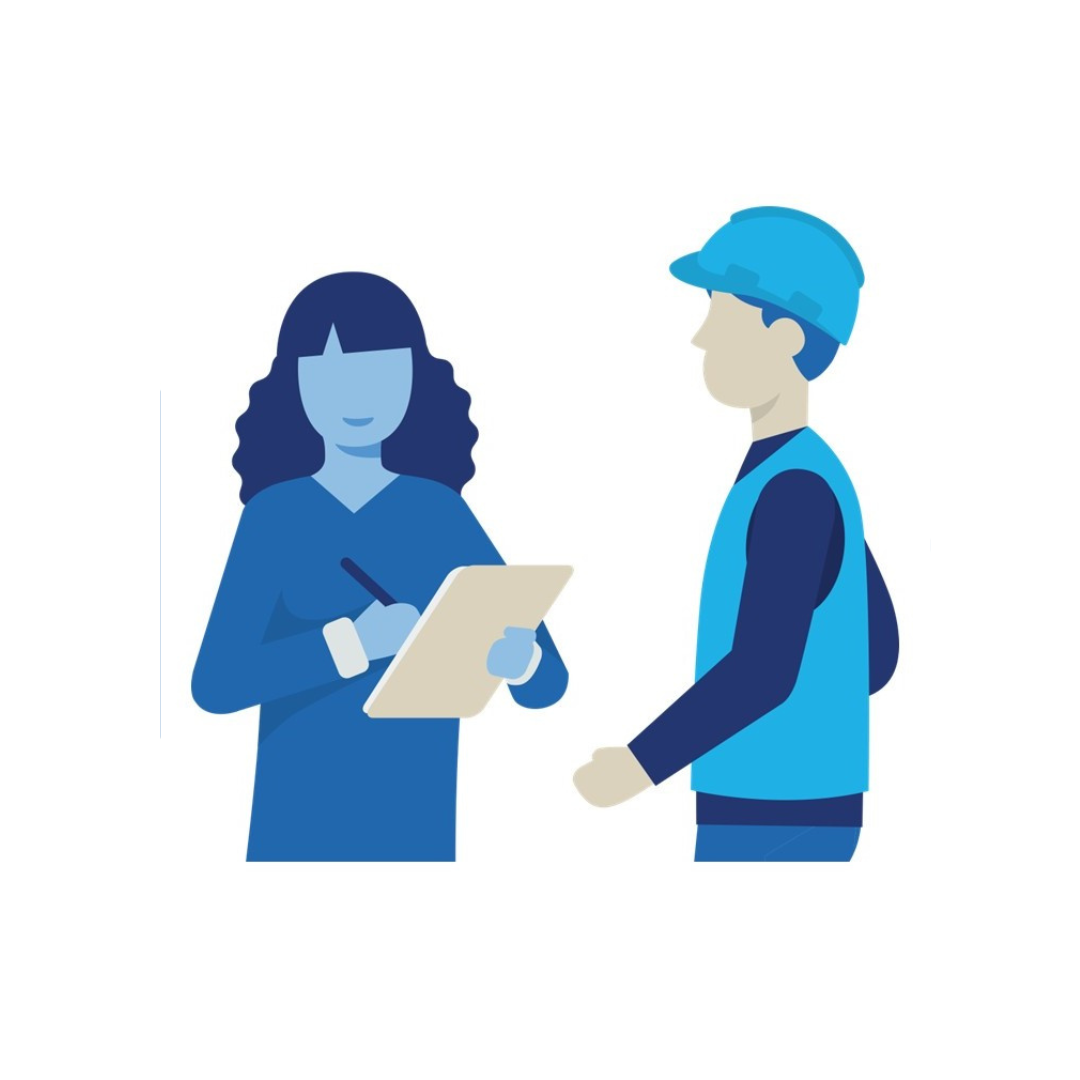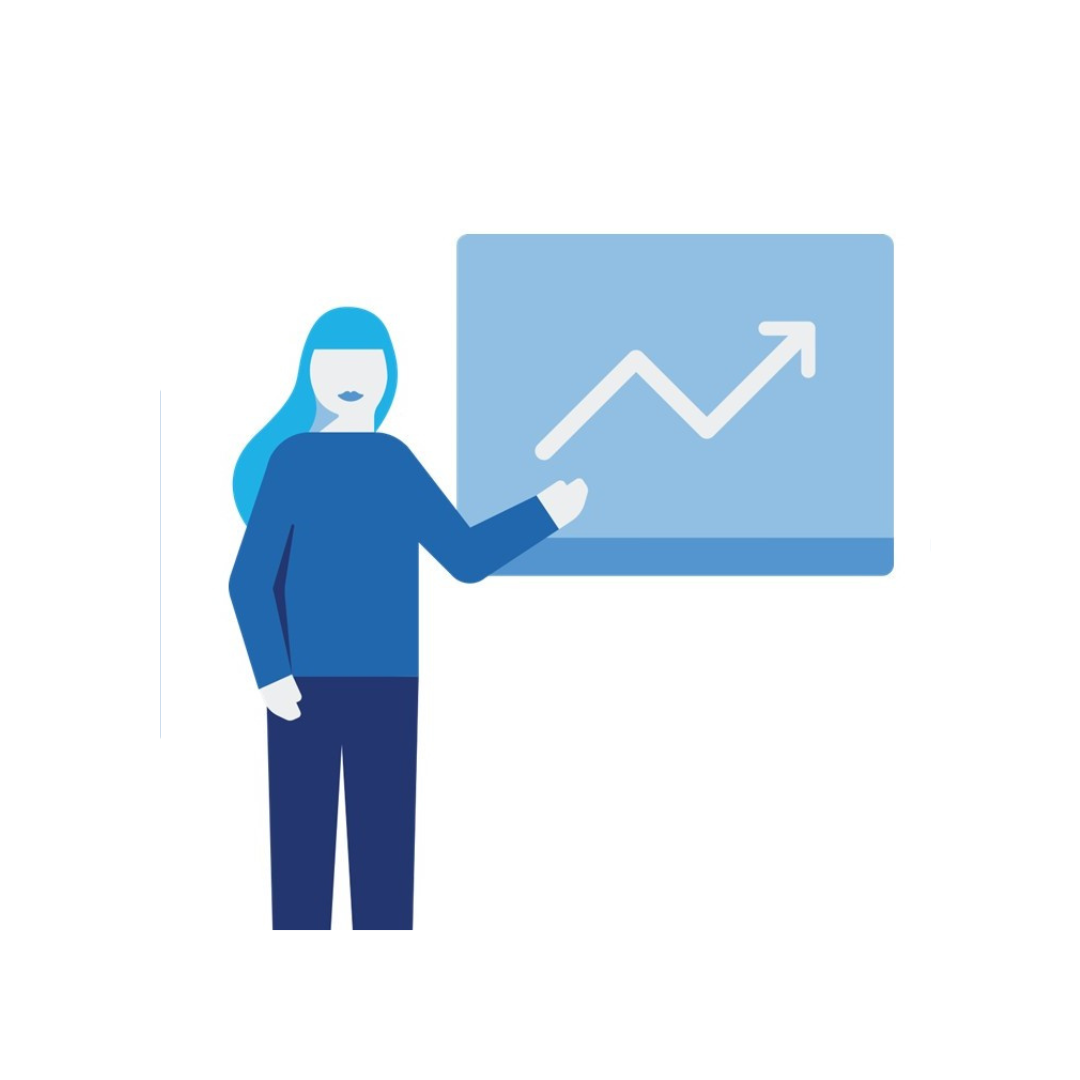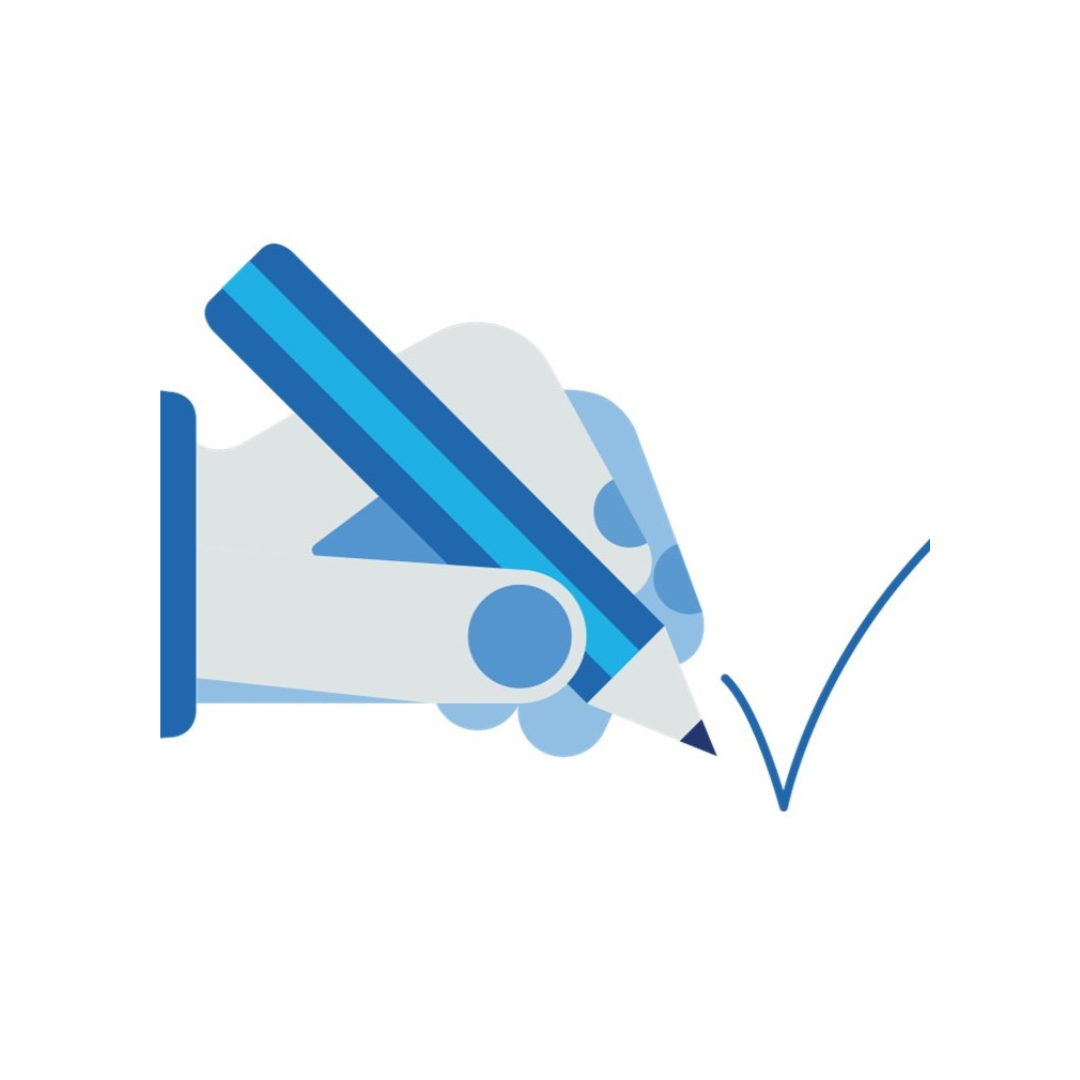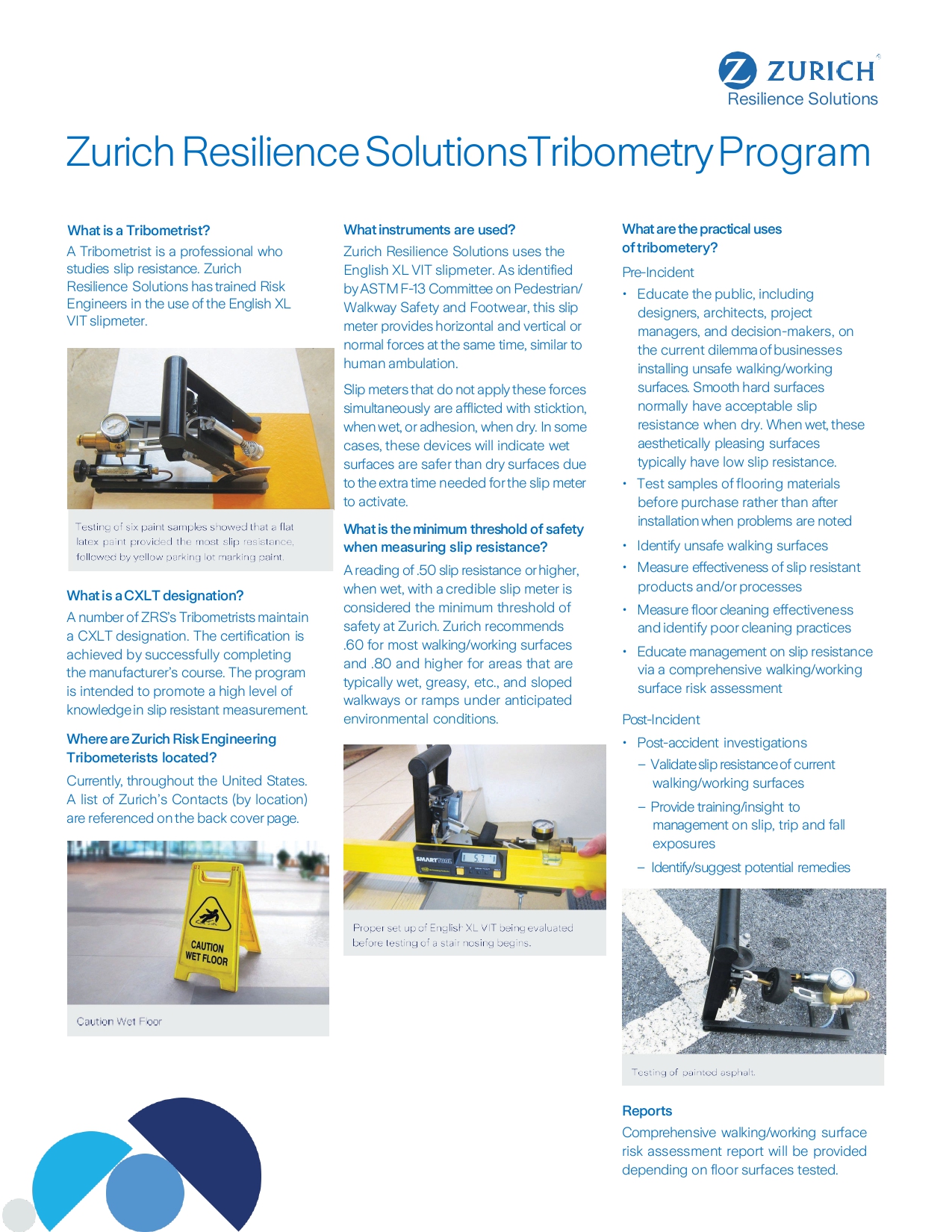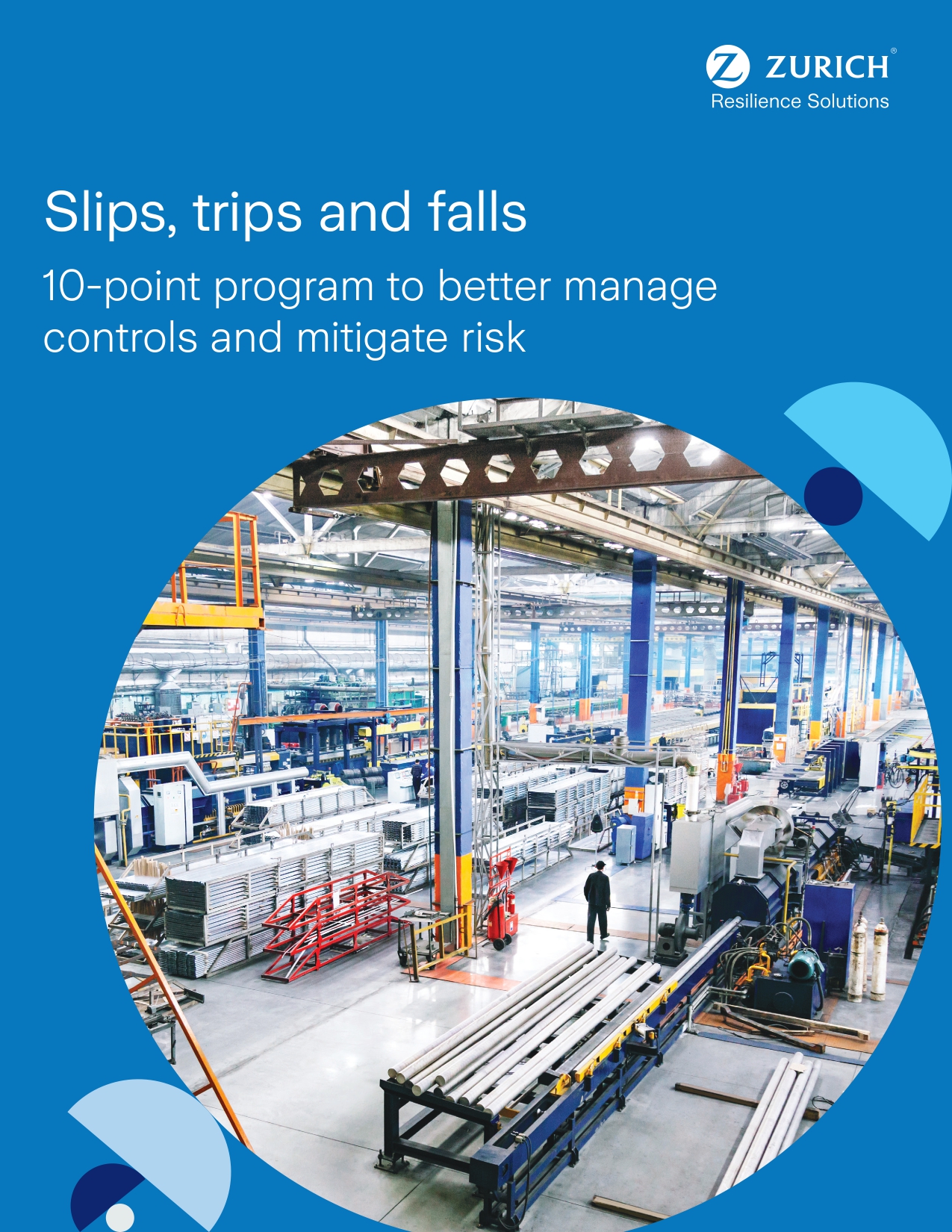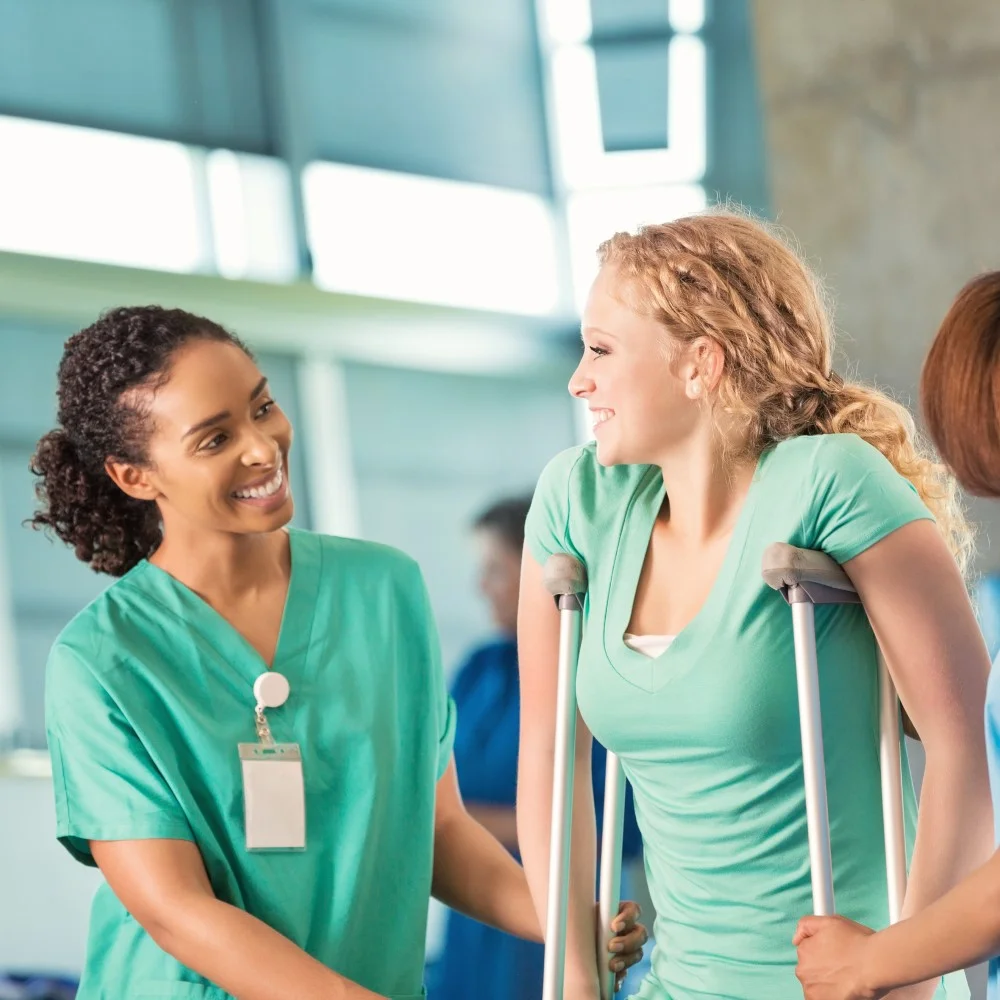
Slip, Trip and Fall Risk Management
Extensive risk management services to assess risk, train teams and mitigate slip, trip and fall hazards.
Proactive strategies to reduce workplace slip, trip and fall risks
Slip, trip and fall (STF) incidents are among the most common workplace injuries in the United States, accounting for millions of cases annually and leading to significant costs in medical care, productivity loss and liability exposure.1 Zurich Resilience Solutions risk‑management services are designed to help organizations proactively address these hazards through structured assessments, technical testing and targeted training.
The core of our STF solutions includes a rigorous STF prevention assessment that applies a 10‑point contributing factor rating system. This method identifies potential hazards linked to flooring conditions, pedestrian traffic, environmental factors and maintenance practices. The results highlight areas of highest risk and form the basis for targeted improvements.
Our consultative train‑the‑trainer program empowers internal teams to perform ongoing evaluations of their organization’s STF related risks. By equipping staff with practical tools to recognize hazards, rate risk and implement controls, organizations gain sustainable safety capacity.
Tribometry services add a technical layer to the STF program. A certified tribometrist measures floors for friction and slip resistance under wet and dry conditions with calibrated equipment, comparing results to established safety thresholds.2 Findings are compiled into an actionable report that prioritizes improvements.
Together, these services reduce STF exposures, support regulatory compliance and strengthen workplace safety culture. Our team works with trusted vendors to help ensure our customers’ needs are met.
Sources:
1. National Safety Council, “Workplace Injury Facts,” 2023.
2. ANSI/NFSI B101.3-2012, “Measuring Wet Dynamic Coefficient of Friction of Hard Surface Flooring.”
Benefits of slip, trip and fall risk services
Our integrated approach helps reduce incident rates, control costs associated with workplace injuries and enhance operational resilience.
What we provide for slip, trip and fall risk mitigation
Our slip, trip and fall risk management program combines evaluation, training and testing tailored to the specific needs of each facility.

Get a Free Consultation Today
Find out how Zurich Resilience Solutions can help your business identify and mitigate risks.
Supporting Downloads

Sign up for our Newsletter Today
Keep up to date on the latest risk management topics and industry insights.
Frequently Asked Questions
A professional conducts a comprehensive walk‑through or risk evaluation (often using a proprietary 10‑point contributing factor system) to identify hazards like wet floors, clutter, uneven surfaces, or lighting issues. Recommendations follow to reduce exposure.
Training equips employees with the knowledge to identify hazards, use proper walking techniques, wear appropriate footwear, and follow best practices in housekeeping. While OSHA doesn’t mandate specific STF training, employers must train staff to recognize and avoid unsafe conditions.
Tribometry uses calibrated devices (tribometers) to measure the floor’s coefficient of friction—both when dry and wet—to assess slip resistance. This helps establish if a surface meets safety thresholds and determines whether surface treatments or maintenance improve traction.
The most common causes of slips, trips, and falls are:
- Wet or slippery surfaces – due to spills, cleaning, or weather.
- Uneven walking surfaces – like cracked sidewalks, loose flooring, or cluttered pathways.
- Poor lighting or visibility – making it hard to see hazards or changes in elevation.
Identifying and addressing these issues through proper assessments and housekeeping can significantly reduce injury risk.
